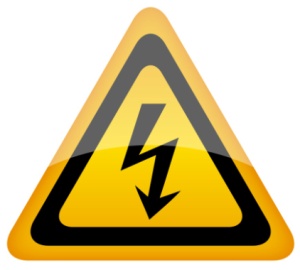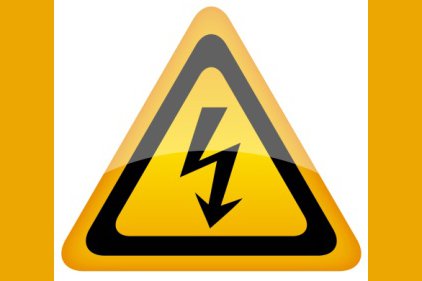 The passage of electric current causes deep injuries to the anatomical structures, leading to serious consequences for the patients.
The passage of electric current causes deep injuries to the anatomical structures, leading to serious consequences for the patients.
The most common sites for such accidents due to electricity are power stations, which are often unsupervised and thus allow people free access, thus making it possible for them to come into contact with high-voltage cables.
Such contact is therefore generally the result of professional incompetence, technical negligence, or - not infrequently - excessive curiosity.
Usually, after such patients have been given first aid by ambulance personnel, they are sent on to more specialized facilities, like the patient in this report, who was transferred from a regional hospital to a burns and plastic surgery center at a university hospital.
In most cases, after emergency treatment, patients have to undergo limb amputations, giving rise to serious rehabilitation problems that are not only medical but also social. Patients with electrical burn injury who have suffered amputation of two limbs are not rare, and there are even records of four-limb amputations.
This clinical case demonstrates deep thermal damage caused by the passage of electric current through the upper limbs of an adult patient. The medical staff tried to preserve as much as possible, but the formation of blood clots in both brachial arteries prompted bilateral amputation of both upper limbs, at the level between the medial and distal thirds of the forearms. In spite of this misfortune, the patient’s great optimism and zest for life enabled him to achieve complete rehabilitation, resulting in full reintegration without any burden for his family or society.
Specifics:
A 17-year-old male suffered electrical burns to both upper limbs caused by accidental contact with high-voltage electric current. Under medical care, he was transferred to an intensive care unit. The burns were deep due to the passage of electrical current. On the second day of treatment he was taken to the operating theatre and debridement of the wounds. On day 3 there was clear evidence of full tissue decay on all the fingers, which until then had received insufficient blood supply. The patient was taken back to the operating theatre and a second operation was performed, with an incision in the medial side of the brachial region in the right upper limb. A blood clot was found in the brachial artery, which was the cause of the devitalized hand.
The same observation was made in the other extremity. The medical staff decided to perform amputation of both hands, preserving as much vital tissue as possible. The wounds were closed by secondary intention, at the level between the middle and the proximal thirds of the forearm.
The patient was rehabilitated very soon. His psychological and emotional condition improved with time.
Now he can move and use perfectly well what remains of his arms, avoiding use of a modern prosthesis. He can dress himself, eat, and write on his own and he lives an almost normal life. The postulate in describing this case is: Nothing is impossible.
Source: Euro-Mediterranean Council for Burns and Fire Disasters (MBC)



